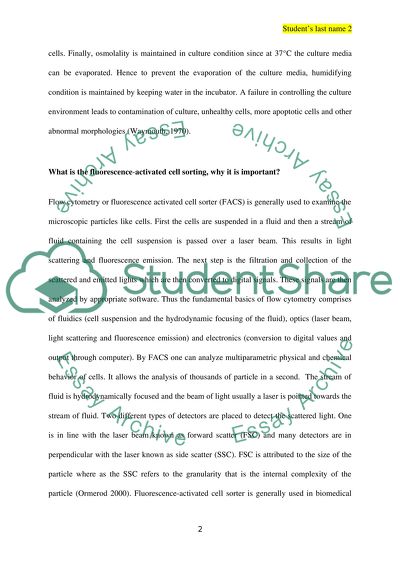Interdiction for experiments Assignment Example | Topics and Well Written Essays - 1000 words. Retrieved from https://studentshare.org/biology/1469749-interdiction-for-experiments
Interdiction for Experiments Assignment Example | Topics and Well Written Essays - 1000 Words. https://studentshare.org/biology/1469749-interdiction-for-experiments.


